Reading GHS Chemical Product Labels
Effective June 1st of this year, The Globally Harmonized System of Classification and Labeling of Chemicals (GHS) system went into full effect. For many, GHS is something totally brand new, but the roots of this new system are anything but new.
The groundwork for GHS was first laid out in 1992 by the United Nations. With the rate of international trade of chemicals between different countries and continents on the rise, with no sign of reversing course, the need arose for a universally based system to warn end users of possible dangers contained in their chemical products. There are many similarities between some of the regulations, pictograms, and definitions and those found in Department of Transportation regulations and other OSHA regulations. Other countries have found similarities as well, but what GHS has done is eliminate any of the possible discrepancies that would occur when a particular chemical product was shipped from one country to another, and the label was foreign to the end user, causing confusion.
While there are multiple facets to GHS with multiple areas for manufacturers and retailers to deal with, as an end user, your primary responsibility in this new, GHS-compliant world is to fully understand the warnings on the labels of the chemical cleaning products you are about to use to complete your assigned maintenance tasks.
Below you will find the nine GHS pictograms developed for GHS approved labels with a listing of what a particular product may contain if the specific pictogram is present on the label:
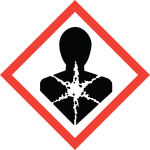
HEALTH HAZARD
Carcinogens, Mutagenicity, Reproductive Toxicity, Respiratory Sensitizer, Target Organ Toxicity, Aspiration Toxicity
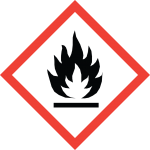
FLAME
Flammable, Pyrophorics, Self-Heating, Emits Flammable Gas, Self-Reactive, Organic Peroxides
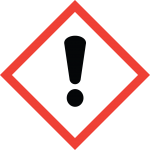
EXCLAMATION MARK
Irritant (skin and eyes), Skin Sensitizer, Acute Toxicity, Narcotic Effects, Respiratory Tract Irritant, Hazardous to Ozone Layer (non-mandatory)
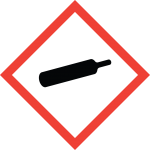
GAS CYLINDER
Gases under pressure
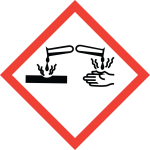
CORROSION
Skin Corrosion, Eye Damage, Corrosive to Metals
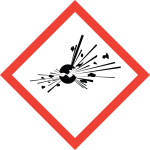
EXPLODING BOMB
Explosives, Self-Reactives, Organic Peroxides
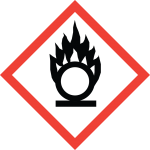
FLAME OVER CIRCLE
Oxidizers
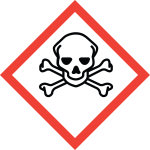
SKULL AND CROSSBONES
Acute Toxicity (Fatal or Toxic)
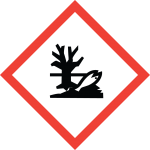
ENVIRONMENT (Non Mandatory per OSHA)
Aquatic Toxicity
As always, please exercise the highest level of caution with safety a primary objective when handling cleaning chemicals. Proper eye protection and protective gloves should always be worn, even if the product label does not specify the need for such.
If you have any questions about a particular NCL product’s safety risks, contents, or usage procedures, be sure to call technical support at 1-800-NAT-CHEM, extension 261. Also, continue checking back in with this blog, as will continue to give you the latest in GHS news, information, and updates.
 English
English Español
Español
